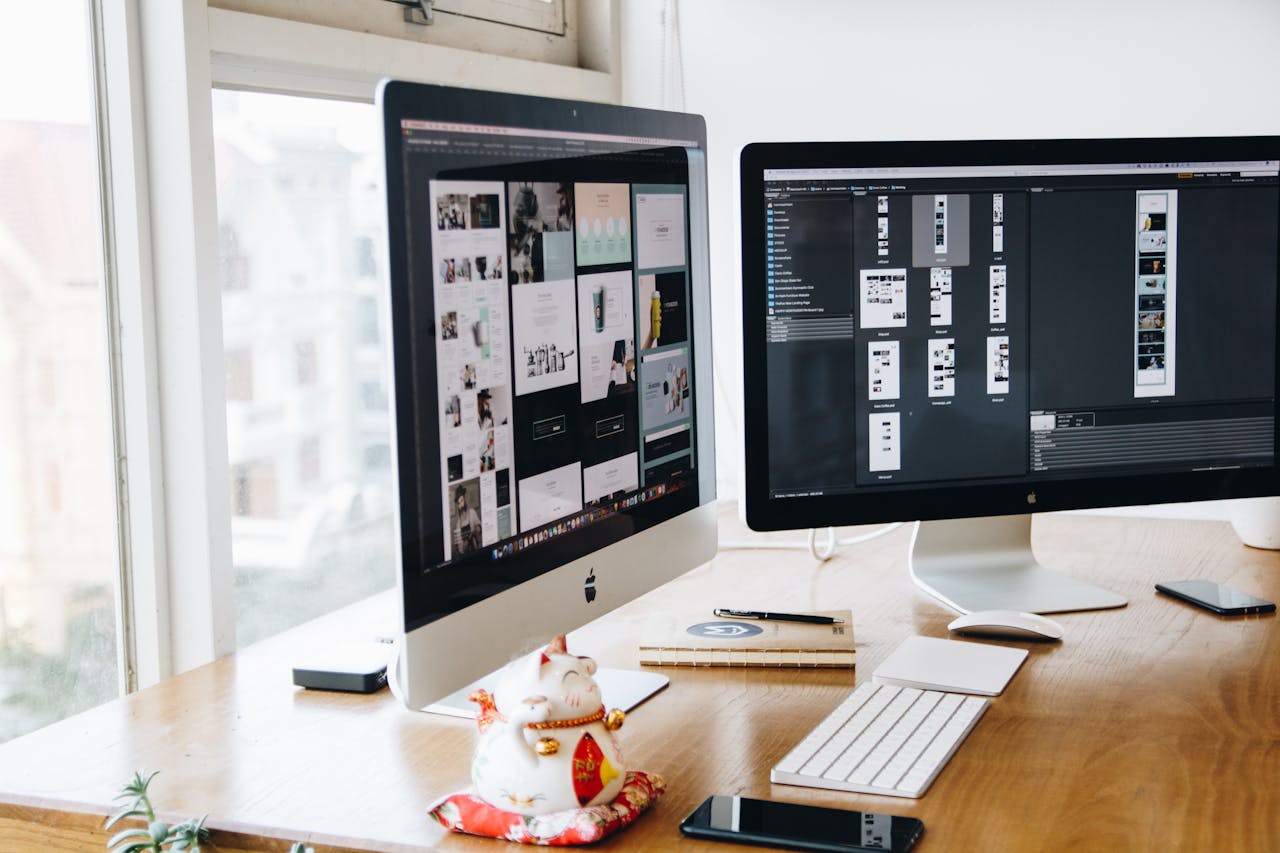Introduction
Effective collaboration between design and development teams is crucial for turning beautiful mockups into functional products. Miscommunication or misaligned workflows can lead to rework, delays, and frustration. In this guide, we’ll explore strategies, tools, and best practices to ensure your UX/UI designs transition smoothly into clean, working code.
Establish Clear Hand‑Off Processes
Creating a standardized hand‑off workflow reduces ambiguity and keeps both teams aligned:
- Design System Documentation
- Publish tokens for colors, typography, and spacing.
- Define component usage guidelines and interaction patterns.
- Versioned Files
- Use shared libraries in Figma or Sketch with version histories.
- Lock completed artboards to prevent accidental edits.
- Specs and Redlines
- Export style guides showing pixel‑perfect measurements.
- Annotate spacing, padding, and asset dimensions directly on designs.
Leverage Collaborative Tools
The right platforms can bridge the gap between static designs and dynamic applications:
- Component Libraries
- Figma’s Team Libraries or Storybook for React: reuse up‑to‑date components.
- Interactive Prototypes
- Share clickable demos (Figma Prototype links, InVision) so developers experience animations and flows firsthand.
- Code Integration Plugins
- Tools like Zeplin, Avocode, or Figma-to‑Code plugins that generate CSS snippets, SVG exports, and asset packs automatically.
Communicate Early and Often
Regular touchpoints ensure issues are caught before they become blockers:
- Design Reviews
- Hold weekly syncs where designers walk through new screens and edge cases.
- Development Demos
- Encourage developers to show early builds, so designers can tweak spacing, typography, or behavior.
- Shared Slack Channels
- Create a dedicated “#design-dev” channel for quick questions, asset requests, and announcing updates.
Define Shared Success Metrics
Align on what “done” means for each feature to avoid misunderstandings:
- Visual Fidelity
- Tolerance levels for pixel deviations (e.g., ±2px).
- Interaction Accuracy
- Which animations and microinteractions must be implemented initially versus post‑launch enhancements.
- Performance Goals
- Maximum allowable bundle size for UI assets and acceptable load times for key screens.
Handle Edge Cases Proactively
Plan for variations that often slip through the cracks:
- Responsive Breakpoints
- Agree on how components should adapt at tablet and mobile widths.
- Content Variability
- Test buttons and labels with longer text strings or translations.
- Accessibility Considerations
- Ensure developers have contrast ratios, ARIA labels, and keyboard‑navigation requirements documented.
Foster a Culture of Feedback
A positive feedback loop accelerates improvement:
- Retrospectives
- After each sprint, discuss what hand‑off practices worked and what needs refining.
- Design Critique Sessions
- Invite developers to comment on design feasibility and suggest optimizations.
- Knowledge Sharing
- Host brown‑bag lunch talks or lightning demos on new tools, CSS techniques, or design trends.
Conclusion
Seamless collaboration between designers and developers transforms great ideas into polished, high‑quality products. By standardizing hand‑offs, leveraging collaborative tools, communicating transparently, and defining shared success metrics, teams can reduce friction, minimize rework, and deliver delightful user experiences—faster and more efficiently than ever before.



